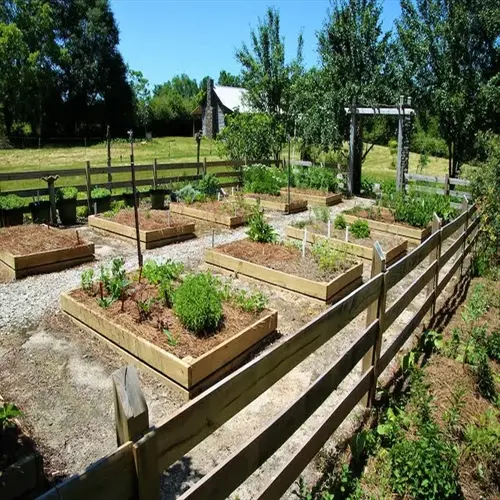When should I avoid repotting orchids?

Written by
Julia Anderson
Reviewed by
Prof. Samuel Fitzgerald, Ph.D.Repotting at the wrong time causes unwarranted stress and bloom loss. Orchids undergo vulnerable stages that require extra care and protection. I learned this the hard way when I repotted a blooming Phalaenopsis and experienced total bud drop. Please respect timing as much as technique for the health of your orchid.
Flowering Phase
- Never repot when buds or flowers are present
- Blooming orchids focus energy on flower maintenance
- Transplant shock triggers premature bloom drop
- Wait until flowering completes naturally
Environmental Extremes
- Avoid temperatures below 50°F (10°C) or above 90°F (32°C)
- High humidity above 80% increases rot risk
- Low humidity below 30% causes dehydration stress
- Postpone during heatwaves or cold snaps
Recognize plant stress signals that may indicate the need to delay your repotting. Yellowing leaves or wrinkled pseudobulbs are signs of existing problems, not contributing to poor health. For instance, my client's orchid had visible root rot due to heat stress, and attempting to repot it would have caused further damage. Always correct the plant's current health status before engaging in transplanting.
Active root growth shows as turgid, bright green tips. These tender tips are quite pliable and break easily when repotting. I wait until growth has hardened into silvery-white. Damaging new roots can actually set the plant back by months of healthy root recovery. Check root activity for at least a week before making a decision.
Emergency exceptions apply to serious pest infestations or excessive decline due to rot. In these cases, you may need to provide additional care, such as incubating the pots on warming mats, which I did for a scale-ridden orchid last winter with some success. You always want to weigh the risks gradually with these timing exceptions.
Your patience with timing the repotting will produce resilient orchids. Document seasonal patterns and cycles of plants within a journal. This avoids guesswork and provides the best opportunity for flowering. The healthiest orchids, with proper care cycles, can last for decades.
Read the full article: When to Repot Orchids: Essential Guide

